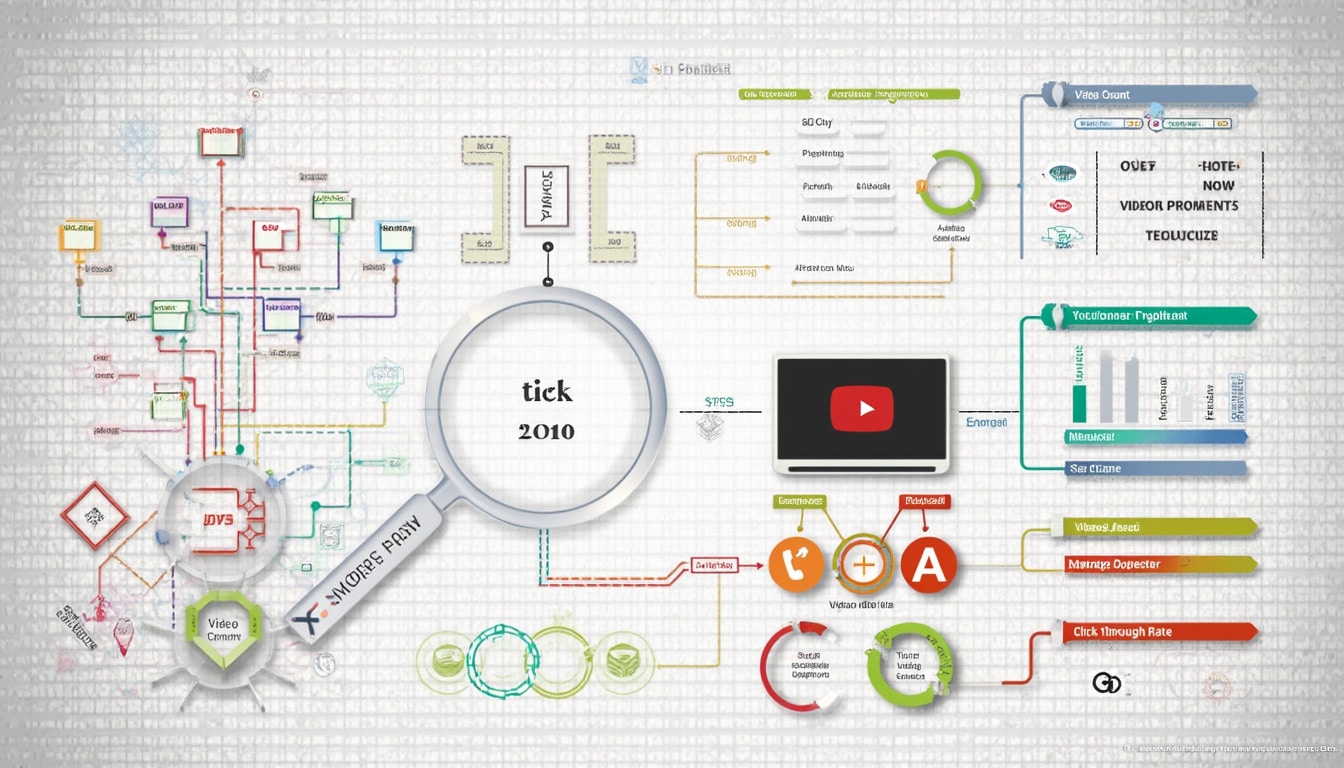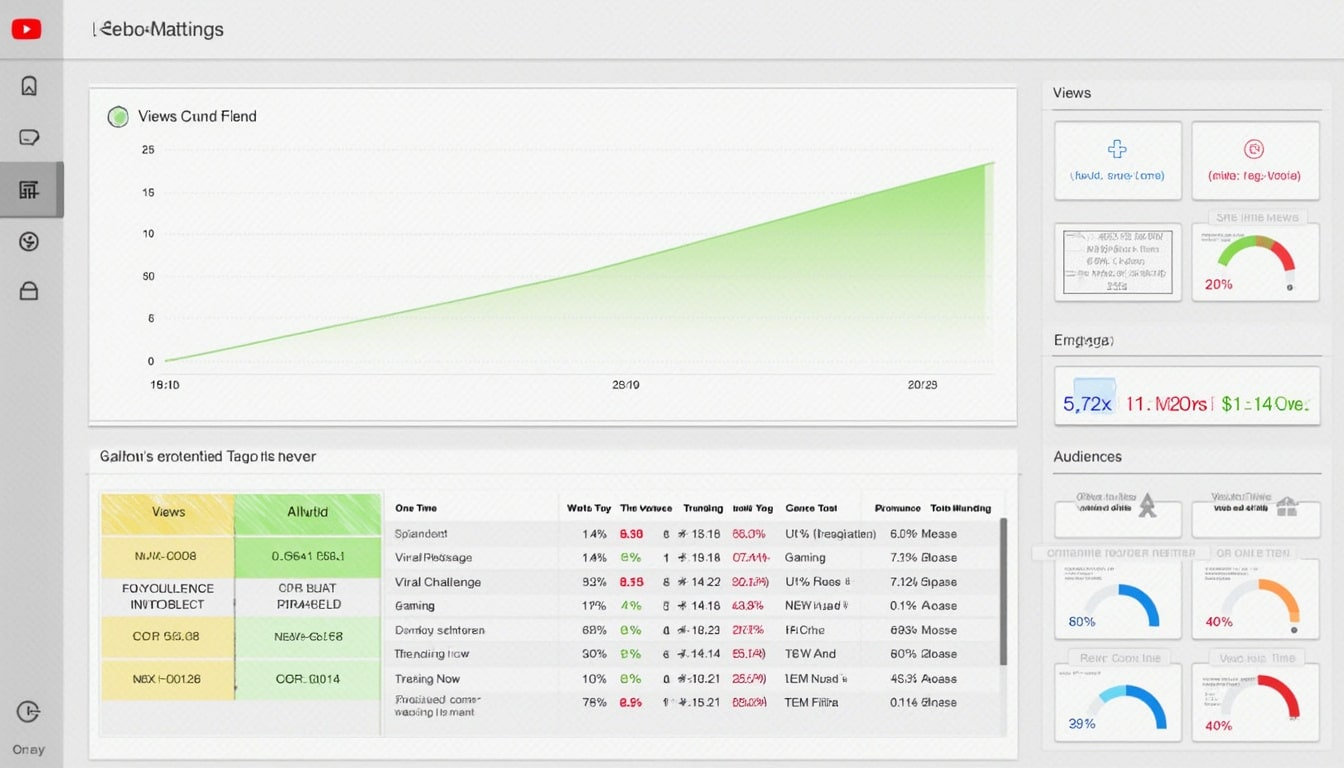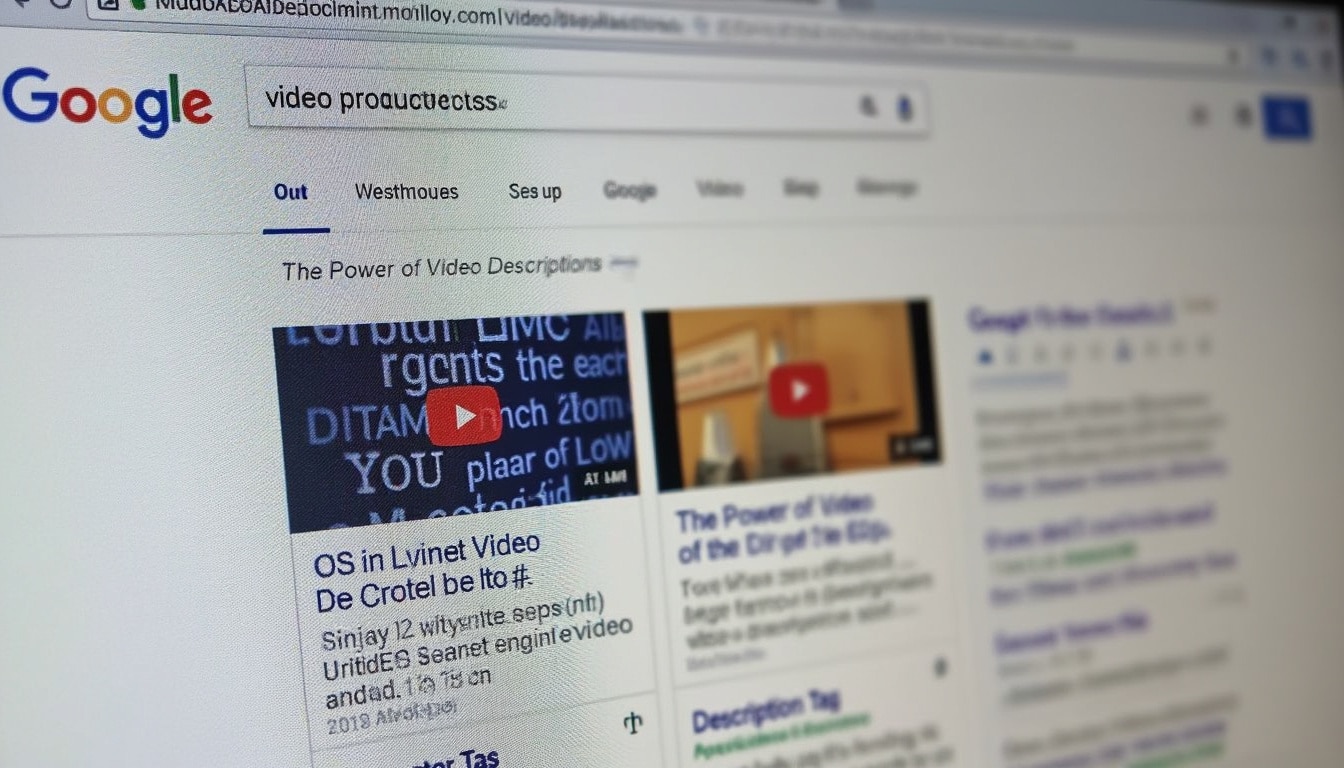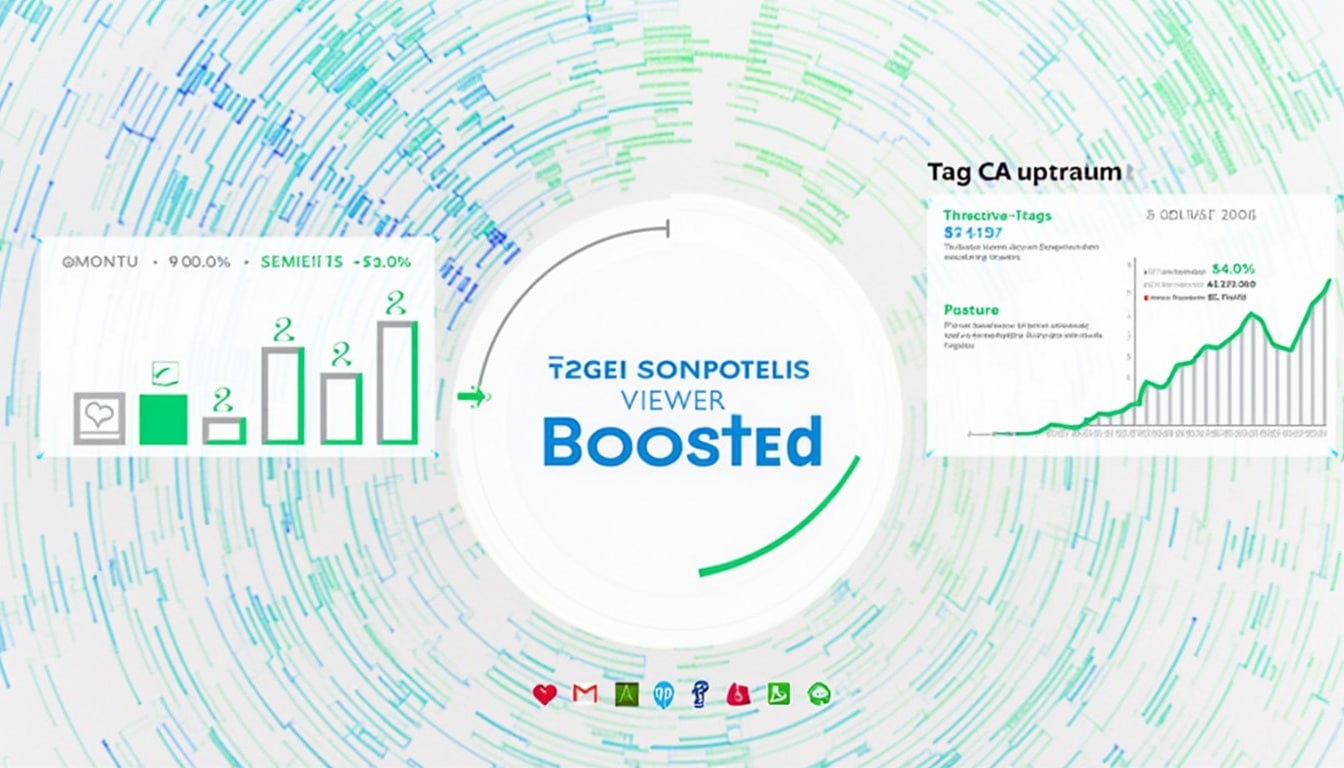YouTube has evolved into a major platform for content creators seeking an audience, and understanding the tools that enhance visibility is crucial. Among these tools, tags play a pivotal role. While creating engaging content is essential, the way videos are categorized and described fundamentally influences searchability. Whether you’re a new creator or a seasoned professional, grasping how to effectively use video tags can set you apart in a crowded space.
In this exploration, we will dive deep into the mechanics of YouTube tags, their importance in video descriptions, and how they directly impact the searchability of your content. By optimizing tags properly, creators can enhance their video’s performance in both YouTube and even broader search engines like Google.
The Role of YouTube Tags in Video Searchability
Understanding the role of YouTube tags is fundamental for anyone looking to maximize audience engagement. Tags serve as keywords that elaborate on what your video is about, enabling YouTube’s algorithms to categorize your content. When users search for specific topics, the algorithm uses tags, alongside other factors like titles and descriptions, to present relevant videos. This means that accurately tagging your videos can significantly influence their discoverability.
How Tags Work within YouTube’s Algorithm
When someone searches on YouTube, the platform’s algorithms analyze a myriad of factors to determine which videos appear in the search results, including:
- Tags: Direct keywords relevant to your content.
- Video Titles: Catchy and descriptive, should include primary keywords.
- Descriptions: A broad overview that supports the clarity of your video.
- Watch Time: Total time spent by users watching the video.
- Engagement Metrics: Likes, comments, and shares that indicate viewer interest.
To ensure that your videos rank well, you must integrate a combination of these elements seamlessly. Incorrectly optimized tags can hinder your video from reaching its potential audience and may inadvertently assist your competitors in ranking higher.
Popular Tags and Their Impact on Engagement
Selecting the right tags goes beyond just relevant keywords. It involves understanding trending topics and common queries among viewers. Using tools such as keyword research tools can provide insights into what tags resonate well with your target audience. For instance, a tag that is popular today may not yield the same results after a month due to shifts in viewer interest. This dynamic nature makes it essential to revisit and revise your tags periodically.

Best Practices for Optimizing Your YouTube Tags
Creating tags that can enhance your video’s visibility and reach starts with a well-defined strategy. Here are a few best practices:
1. Use a Mix of Broad and Specific Tags
When creating tags, it’s wise to incorporate both broad and specific keywords. Broad tags can attract a wider audience, while specific ones help reach niche groups. For example, if your video covers healthy cooking, broad tags might include ‘cooking’, ‘healthy meals’, while specific tags could highlight ‘vegan pasta recipes’ or ‘quick healthy lunches’. This balanced approach allows your video to capture traffic from various search queries.
2. Stay Relevant
All tags you use should be relevant to your video’s content. Irrelevant tags might initially attract views, but if viewers don’t find what they expected, it could result in high bounce rates. This directly affects your SEO negatively, as YouTube’s algorithm prioritizes content with genuine engagement. Be mindful to control tag usage to reflect the actual topics your video covers.
3. Avoid Keyword Stuffing
While it may be tempting, overloading your video with tags can lead to penalties from YouTube. Quality over quantity is vital; instead of throwing in as many tags as possible, focus on the most effective ones that accurately represent your video.
4. Revise Regularly
As mentioned, viewer interests can shift. Regularly updating your video tags to accommodate new trends can help maintain and enhance your video’s visibility. Compare your tags against competitors and monitor performance analytics to make informed adjustments.

The Connection Between Tags and Video Descriptions
Video descriptions don’t just introduce your content; they provide critical context that aids in searchability. When crafting descriptions, integrating relevant tags and keywords can enhance both viewer comprehension and algorithmic recognition.
Importance of Keywords in Descriptions
Including your most crucial keywords early in the video description can aid in both visual appeal for viewers and recognition for the YouTube algorithm. A well-structured description may look something like this:
This video covers the basics of YouTube SEO, focusing on the importance of tags. We will discuss how tags can optimize your video’s searchability!
This example shows how the key tag, ‘YouTube SEO,’ quickly informs both users and YouTube about the video’s content, aiding in better placement within search results.
Use of Call-to-Actions (CTAs)
Another effective method to enhance video descriptions includes CTAs. By encouraging viewers to explore related videos or subscribe, you enrich user experience while increasing view time on your channel. Here’s an example of an effective CTA:
“If you enjoyed this video, be sure to check out our playlist on YouTube growth strategies! Don’t forget to subscribe to stay updated on all future content.”

Leveraging YouTube Tags for Enhanced Viewer Engagement
Engagement is pivotal in determining the success of any content on YouTube. Tags can help create a smooth flow of content that keeps viewers watching, increasing both session duration and overall viewer retention.
Creating a Compelling User Experience
By integrating tags accurately, you can guide viewers toward additional content on your channel that aligns with their interests. This enriching experience helps cultivate a loyal viewer base. For instance, if one video showcases quick dinner recipes, relevant tags can guide viewers to similar content, keeping them engaged for longer periods.
Playlists and Tag Optimization
Embedding your videos into playlists organized by tags not only increases the chance of viewers clicking on your content, but it also provides an additional venue for your videos to be discovered. Create playlists categorized under similar topics and use relevant tags to optimize them.
Utilizing Analytics to Gauge Performance
Regularly reviewing how tags affect video performance is key to understanding what resonates with your audience. Platforms like YouTube Analytics offer insights into how viewers found your content, allowing you to assign effective tags moving forward.

Final Thoughts on Optimizing YouTube Tags and Descriptions
In summary, effective usage of tags and detailed descriptions are cornerstone strategies to enhance your content’s searchability. As YouTube continues to evolve, so should your approach to tagging and video descriptions. Continually educate yourself on trends and utilize tools available to maximize your discoverability.
Remember, the online content landscape is ever-changing; adjusting your strategies based on analytics and audience feedback will keep you on the right path towards growing your viewer base.
